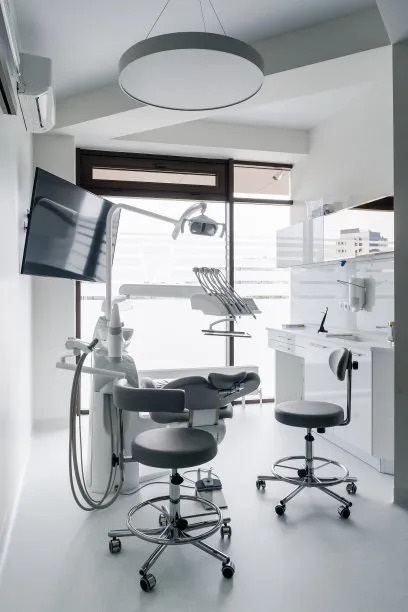The Complete Guide to Understanding the Tooth Extraction Process and What to Expect Before During and After
Summary: Tooth extraction is a common dental procedure that may seem daunting to many patients. This guide provides a detailed exploration of the tooth extraction process, shedding light on what to expect before, during, and after the procedure. Readers will gain insights into the reasons for tooth extraction, the preparation required, the procedure itself, and the aftercare needed for optimal recovery. Whether its a wisdom tooth removal or the extraction of a decayed tooth, understanding each phase of the process can alleviate anxiety and enhance the overall dental experience.
1. Understanding the Reasons for Tooth Extraction

Tooth extraction may be necessary for various reasons, the most common being severe tooth decay. When a tooth is extensively damaged and cannot be repaired through fillings or crowns, extraction becomes the best option. Dentists often recommend this procedure to prevent the spread of infection to surrounding teeth and tissues.
Another reason for tooth extraction is overcrowding. Sometimes, patients have more teeth than their jaw can accommodate, leading to alignment issues. In such cases, plucking out one or more teeth can create space for orthodontic treatments.
Additionally, wisdom teeth extractions are particularly prevalent among young adults. As these third molars often lack sufficient space to emerge properly, they can lead to pain, infection, or damage to adjacent teeth, making extraction essential.
2. What to Expect Before the Procedure
Preparation is key ahead of any dental procedure, including tooth extraction. A consultation with your dentist will typically involve a thorough examination and possibly X-rays to assess the affected tooths condition. During this appointment, your dentist will discuss the extraction process and what to expect, including potential risks and complications.
Moreover, its crucial to provide your dentist with a full medical history, including any current medications and health conditions. This information helps in determining the safest anesthesia option for your case, be it local, sedation, or general anesthesia.
Patients should also follow pre-operative instructions carefully. This might involve fasting before surgery if sedation is planned and arranging for a post-procedure ride home, as youll likely feel groggy afterward.
3. The Tooth Extraction Procedure Explained
The tooth extraction procedure typically begins with the dentist administering anesthesia, ensuring you are comfortable and pain-free. Once the anesthetic takes effect, the dentist will gently loosen the tooth from the surrounding bone and tissues using specialized instruments.
For simple extractions, the dentist may use forceps to remove the visible tooth. However, if it is a surgical extraction due to impaction or similar issues, a more elaborate approach may be required. This process may involve making incisions into the gum tissue to access the tooth.
The duration of the extraction can vary from a few minutes to over half an hour, depending on the complexity. After the tooth is removed, the dentist will take steps to control bleeding and may place stitches if necessary. They will then discuss post-operative care tips to ensure a smooth recovery.
4. Essential Aftercare for Optimal Recovery
Post-operative care is crucial to prevent complications and ensure proper healing. Initially, patients may experience swelling and discomfort, which can be managed with prescribed pain relief medications and applying ice packs to the outside of the cheek.
It’s also important to follow dietary guidelines. For the first 24 hours, stick with soft foods and avoid using straws, which can dislodge the blood clot forming in the extraction site. Staying hydrated is essential, but remember to rinse your mouth gently to maintain cleanliness.
Regular follow-up appointments with your dentist may also be necessary to monitor the healing progress. If you experience severe pain, prolonged swelling, or signs of infection like fever, be sure to contact your dentist promptly.
Summary: In conclusion, understanding the tooth extraction process can aid in reducing anxiety associated with dental surgery. From knowing the reasons behind the procedure to preparing adequately and understanding what to expect during and after the extraction, patients can navigate their dental care with confidence. It is always best to communicate openly with your dentist regarding any concerns to ensure a smooth and positive experience.
This article is compiled by Vickong Dental and the content is for reference only.


